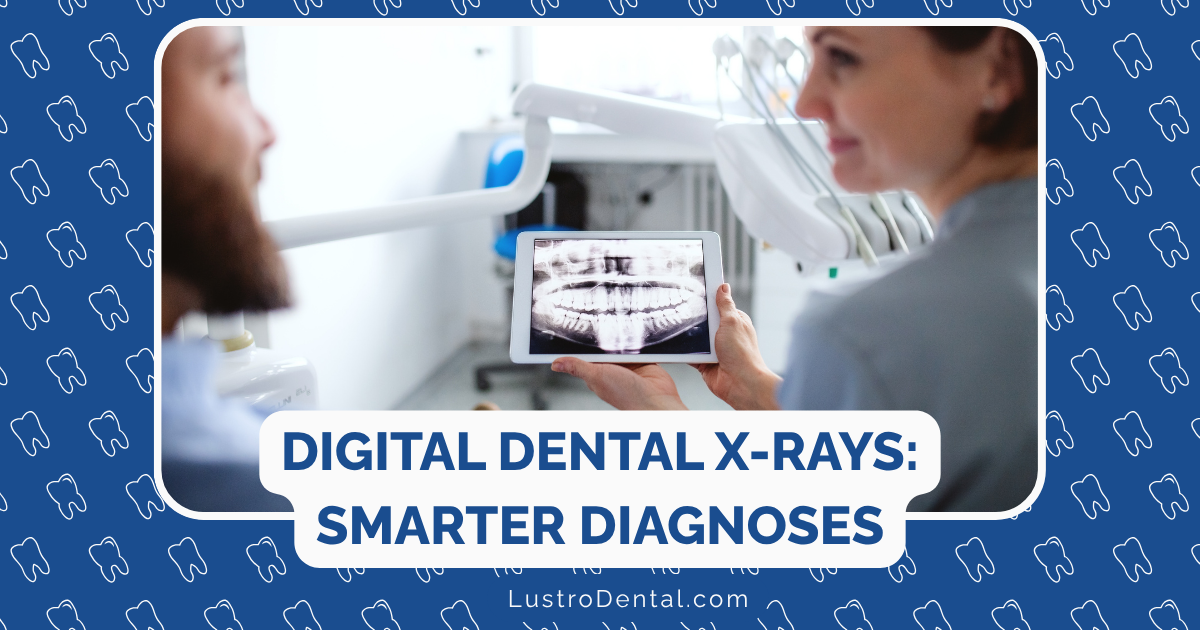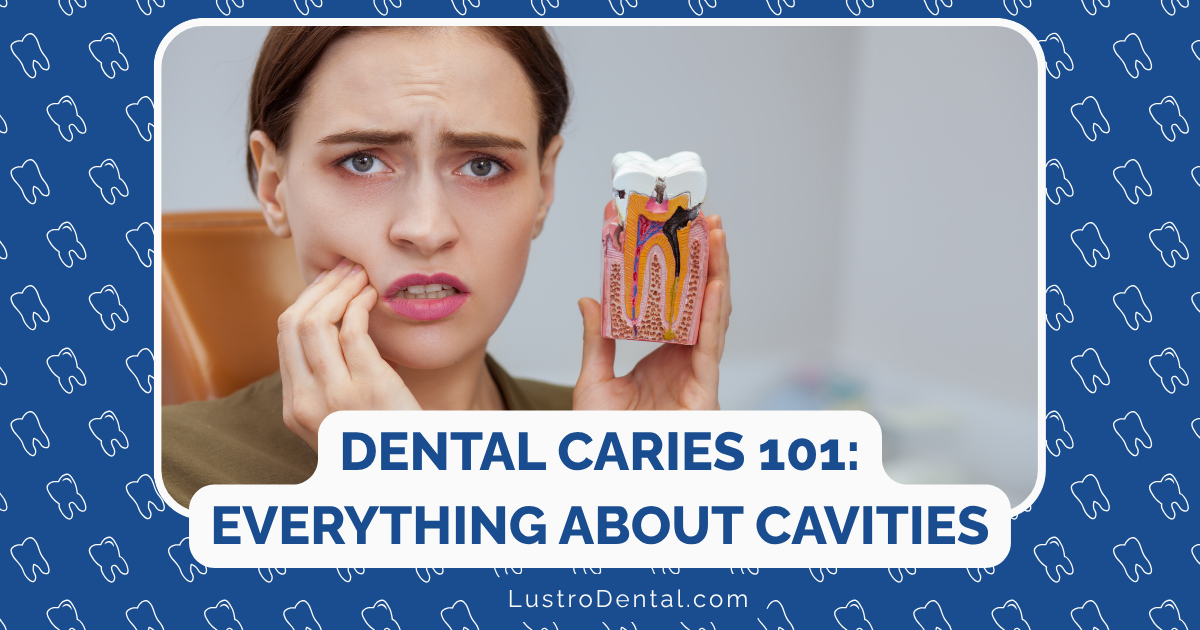Digital X-rays in 2025: Lower Radiation, Higher Diagnostic Value

The landscape of dental diagnostics has undergone a remarkable transformation in recent years, and nowhere is this more evident than in the evolution of digital X-ray technology. As we navigate through 2025, digital radiography has not only become the standard of care but has reached new heights in terms of diagnostic capabilities while simultaneously reducing radiation exposure to unprecedented levels.
As a dental health advocate, I’ve witnessed this technological revolution firsthand, and the benefits for both patients and practitioners are truly game-changing. Let’s explore how today’s digital X-ray technology is delivering on the dual promise of lower radiation and higher diagnostic value.
The Radiation Reduction Revolution
One of the most significant concerns patients have about dental X-rays has always been radiation exposure. This concern has driven much of the innovation in digital radiography over the past decade.
Just How Much Lower Is the Radiation?
According to research from Altoona Smiles, today’s digital X-ray systems have achieved radiation reductions of 80-90% compared to traditional film-based X-rays. To put this in perspective:
- A full set of traditional dental X-rays exposed patients to approximately 0.171 millisieverts (mSv) of radiation
- The same set using current digital technology exposes patients to just 0.017-0.034 mSv
For context, the average American receives about 3.0 mSv annually from background radiation in the environment. This means the radiation from a full set of digital dental X-rays is equivalent to less than half a day of natural background radiation.
How Did We Achieve Such Dramatic Reductions?
Several technological advancements have contributed to this remarkable reduction in radiation exposure:
1. Enhanced Sensor Sensitivity
Modern digital sensors are exponentially more sensitive than both traditional film and earlier digital sensors. According to Chestnut Dental, the latest generation of sensors can produce high-quality diagnostic images with minimal radiation due to:
- Advanced CMOS (Complementary Metal-Oxide-Semiconductor) technology
- Improved scintillation layers that convert X-rays to visible light more efficiently
- Higher detective quantum efficiency (DQE), which measures how effectively a detector converts radiation into a usable signal
2. AI-Optimized Exposure Settings
Artificial intelligence has revolutionized how exposure parameters are determined. Modern systems use AI to:
- Automatically calculate the minimum radiation needed based on patient characteristics
- Adjust in real-time to ensure optimal exposure with minimal radiation
- Learn from previous exposures to continuously improve efficiency
Research published in PMC indicates that AI-driven systems can significantly reduce radiation doses by optimizing data collection procedures while maintaining or even improving image quality.
3. Precision Collimation and Beam Alignment
Advanced collimation technology restricts the X-ray beam to only the area of interest, eliminating unnecessary exposure to surrounding tissues. Modern systems feature:
- Dynamic collimation that automatically adjusts to the specific examination
- Precise beam alignment systems that minimize the need for retakes
- Area-specific protocols that tailor radiation dose to the specific diagnostic task
4. Reduced Need for Retakes
Perhaps one of the most overlooked benefits of digital systems is the dramatic reduction in retakes. With immediate image preview, dentists can instantly verify image quality, positioning, and diagnostic value. This alone has contributed significantly to overall radiation reduction in dental practices.
The Diagnostic Value Revolution
While reducing radiation is critically important, the true measure of any diagnostic technology is its clinical value. Here, too, digital X-rays in 2025 have made remarkable strides.
AI-Enhanced Detection and Diagnosis
The integration of artificial intelligence with digital radiography represents perhaps the most significant advancement in diagnostic capability.
According to Overjet, AI-powered dental imaging systems can now:
- Detect caries with 86-95% accuracy, compared to approximately 60% for the human eye alone
- Identify 37% more dental diseases than clinicians working without AI assistance
- Reduce misdiagnosis of caries depth by up to 40%
- Automatically measure bone levels with FDA-cleared precision
Research from Hello Pearl indicates that without AI assistance, up to 43% of caries visible in dental X-rays go undiagnosed, highlighting the significant diagnostic advantage these systems provide.
Enhanced Image Quality and Manipulation
Beyond AI analysis, the raw image quality and manipulation capabilities of modern digital systems offer substantial diagnostic advantages:
1. Higher Resolution and Dynamic Range
Today’s digital sensors capture images with:
- Resolution exceeding 20 line pairs per millimeter
- 16-bit grayscale depth (65,536 shades of gray) compared to the 16-32 shades visible in traditional film
- Enhanced contrast and brightness that can be adjusted post-capture to highlight specific features
2. Advanced Image Processing
Modern software allows for sophisticated image enhancement:
- Noise reduction algorithms that clarify subtle details
- Edge enhancement to highlight boundaries between structures
- Specialized filters designed to emphasize specific pathologies
- Contrast optimization to improve visibility of both high and low-density structures in the same image
3. 3D Imaging Integration
The integration of 2D digital radiography with 3D imaging technologies has revolutionized comprehensive diagnosis:
- Seamless correlation between 2D and 3D datasets
- Ability to navigate between different views of the same anatomical region
- Multi-planar reconstructions that provide different perspectives of the same structure
- Volume rendering for enhanced visualization of complex anatomical relationships
Real-Time Collaborative Diagnosis
Digital systems enable immediate sharing and collaborative diagnosis, improving diagnostic accuracy through:
- Real-time consultation with specialists regardless of location
- AI-assisted second opinions that flag potential concerns
- Access to vast databases of comparative cases
- Enhanced communication with patients using visual annotations and educational overlays
The Patient Experience Revolution
Beyond the technical advantages, digital X-rays have transformed the patient experience in significant ways.
Enhanced Communication and Understanding
According to Overjet, practices implementing AI-enhanced digital radiography report:
- 10-20% increases in case acceptance within months of implementation
- 71% increase in patient trust regarding diagnoses when AI is involved
- Significantly improved patient understanding of their conditions through visual overlays and annotations
- Greater confidence in treatment recommendations
The ability to immediately display, enlarge, and annotate digital images on a screen visible to patients has revolutionized dental education and treatment acceptance.
Comfort and Convenience
Modern digital sensors have also improved the physical experience of dental X-rays:
- Smaller, thinner sensors with rounded edges reduce discomfort
- Faster exposure times minimize the time sensors must remain in the mouth
- Wireless sensors eliminate cumbersome cables
- Immediate image acquisition eliminates waiting time
Environmental and Health Benefits
The shift to digital has eliminated several health and environmental concerns:
- No chemical processing required, eliminating exposure to developing solutions
- Reduced environmental impact from chemical disposal
- No lead foil waste
- Reduced paper consumption through digital record-keeping
The Economic Revolution
The economic impact of digital radiography extends beyond the initial investment in equipment.
Practice Efficiency
According to market analysis from BioSpace, digital X-ray technology enhances practice efficiency through:
- Immediate image acquisition and display, reducing appointment times
- Elimination of film processing time and materials
- Automated documentation and integration with practice management software
- Reduced storage space requirements for patient records
Return on Investment
While the initial investment in digital radiography equipment is significant, the return on investment comes from:
- Reduced consumable costs (no film, chemicals, or processing equipment)
- Increased diagnostic accuracy leading to more appropriate treatment
- Higher case acceptance rates
- Reduced need for retakes and repeat appointments
- Potential for higher insurance reimbursement for certain procedures
The Future: What’s Next for Digital Radiography?
As impressive as the current state of digital radiography is, ongoing research and development promise even more exciting advances in the near future.
Ultra-Low Dose Protocols
Researchers are developing protocols that may further reduce radiation exposure by:
- Using AI to reconstruct diagnostic-quality images from ultra-low radiation exposures
- Implementing photon-counting detectors that maximize information from each X-ray photon
- Developing targeted radiography that focuses only on areas of concern
Advanced AI Integration
The next generation of AI integration promises:
- Predictive analysis that identifies patients at risk for specific conditions
- Longitudinal tracking that automatically detects subtle changes over time
- Integration of radiographic findings with other diagnostic data for comprehensive analysis
- Automated treatment planning suggestions based on radiographic findings
Portable and Point-of-Care Solutions
The trend toward more accessible care is driving development of:
- Handheld X-ray devices with integrated sensors
- Portable systems for use in remote or non-traditional settings
- Teledentistry-compatible imaging solutions
- AI-assisted remote diagnosis capabilities
Conclusion: A Brighter, Safer Diagnostic Future
The evolution of digital X-rays through 2025 represents one of the most significant advances in dental diagnostics in recent history. By simultaneously reducing radiation exposure and enhancing diagnostic capabilities, modern digital radiography has transformed the risk-benefit equation of dental imaging.
For patients, this means safer, more comfortable, and more informative diagnostic experiences. For dental professionals, it means greater diagnostic confidence, improved communication, and more efficient practice workflows.
As we look toward the future, the continued integration of AI, advanced sensor technology, and innovative imaging protocols promises to further enhance both safety and diagnostic value, making digital radiography an even more valuable tool in comprehensive dental care.
The days of concern about radiation exposure from dental X-rays are increasingly behind us, replaced by appreciation for the remarkable diagnostic capabilities these advanced systems provide with minimal risk. It’s a revolution in dental diagnostics that benefits everyone involved.
Have you experienced the benefits of modern digital X-rays in your dental care? Share your thoughts in the comments below!







